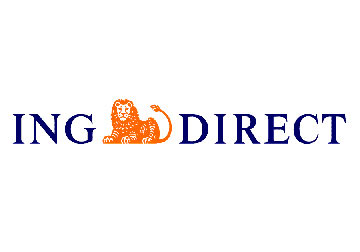ING
Case Study
ING featured Case Study

ING DIRECT USA is the nation's leading savings bank and is wholly owned by ING Group. ING DIRECT USA does business online, over the phone and by mail. Their principal product is high-interest savings accounts, with no service charges or minimum account balance requirements. ING DIRECT USA serves more than 7.6 million customers in the U.S. and is headquartered in Wilmington, Delaware with innovative ING DIRECT USA Cafes in multiple locations across the U.S. ING DIRECT USA replaced their former planning tool, SRC, with a new Oracle Hyperion 11.1.2 Planning application to increase the efficiency and capability of their budgeting, planning and forecasting process. The Hyperion Planning solution includes Workforce Planning, and FDQM - to enable analysts to drill down into ING Direct's PeopleSoft GL.
Business Problem
Prior to the Hyperion solution, the reporting process utilized SRC, PeopleSoft, ODW and Excel Spreadsheets. It was manually intensive because there was no centralized repository for financial data. Analysts needed to download data from various databases and manually manipulate/calculate data each month. The calculated data was not consistent across different functional areas and did not sync back to the source database. The process did not provide standardized reports among finance teams. It also did not allow analysts to compare the actual statistics to the budget statistics. The Financial Planning and Analysis team needed to wait for Accounting to close the period before the manual process of loading the data to be completed before they could begin forecasting. They needed to condense their process. The Forecast process started with a copy of the previous month's forecast to the current forecast. Pre-Close detailed adjustment exercises began and are followed by the Post-Close high level adjustments. Expenses were calculated based on the new volume forecast and business drivers or rates. There were separate files to drive a forecast update. Manual effort was the main challenge to the monthly process. It was time consuming and prone to human error.
Project Solution
The ING DIRECT USA Planning application is divided into four plan types. They include the primary plan type - Income Statement; and 4 secondary plan types - Balance Sheet, Volume (revenue by product forecasting), and Workforce. All secondary plan types flow into the primary plan.
The first phase of the project implemented Hyperion Planning for the purpose of expense planning within the existing business process. Currently the budget process is to collect the Financial and Employee related expenses from PeopleSoft, operating and loan data from ODW, and volume forecast and drivers from the flat file. The drivers are then applied to a rate that will result in the first pass of the expense plan. Analysts are then allowed to adjust the rates or the resulting expenses to have input into the planning process. This process is the same for all outer years. For the Salary and Employee expense portion of the application, the outer years are calculated as percent increases because the GL accounts in the Income Statement are separate from the Workforce Module expense accounts.
Contact MindStream Analytics
Want to know more about Mindstream Analytics? Fill out the form below and we'll get back to you shortly.